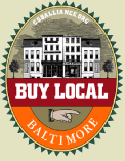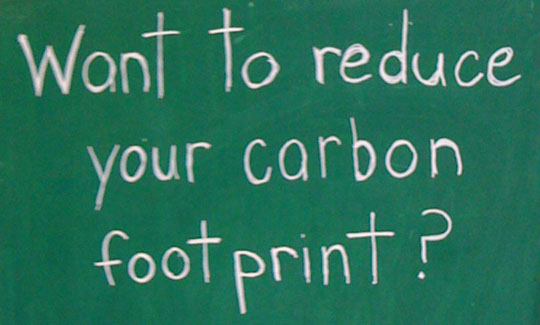Measure Thyself

When you see the word, "audit," what comes to mind? A pleasant, fact-finding experience? Or, sheer terror that some heartless IRS agent could rummage around in your financial records and wreak havoc in your life?
Thought so. By their very nature, audits seem destined to pull skeletons out of closets, dredge up facts about you that you’d rather not see the light of day. For some reason, green business consultants persist in using the dreaded a-word to describe their initial baseline measures. Putting "eco" or "green" before it is just like lipstick on a pig – it doesn’t soften the blow at all, does it? Would you volunteer to have an eco-audit done on your business?
And yet, it’s essential to know where you are, if you are to map out a plan to go in a new direction. The way I see it, change involves three key steps: measure your current impacts, receive a new vision, and map out a plan of action to get there. Well, here’s a confession: I have had the vision and the action, but I never measured.
Truth be told, metrics has always been my greatest challenge. I’m highly intuitive, so I don’t usually need "proof" of things. I took a seat-of-the-pants, I-have-a-feel-for-it approach all these years. But by avoiding key measures, I’ve also relegated myself to stumbling around blindly. I have a great map and I know where I want to go, BUT, I don’t know where I started from! Technically, that means I’m lost.
By never taking my own baseline, I also had no way to track my progress over the years. That’s like starting out with a personal trainer, but not weighing in or taking your measurements at the beginning. How would you know if you made any progress?
So, the shoemaker herself has no shoes. What now? I’ve decided to undergo not one, but two, green business audits over the next few weeks. I am using it as a fact-finding experience to determine which measures are the most relevant to small, entrepreneurial businesses.
I have been designing a program for small businesses to strategically embrace a green path, and the baseline assessment is indeed Job One. Once I take this formal step myself, I will have a much better idea of how to help other business owners use the information in powerful ways.
My own business has gone through tremendous transformations over the last 10 years, as I developed my green expertise. Much of it has been conscious, and a lot has been unconscious, serendipity, accident, call it what you will. I don’t expect that to change, but now I’ll see clearly the impacts I’m having – within my own business, and in my networks and circles of influence. I’ll finally be on the map.
P.S. Had to add this thought, after having coffee with Geoff Stack (Integrative Design Team Coordinator) this morning. Geoff pointed out that audits start with asking, "what’s wrong?" They are also somewhat limited in that they tend to look only at the usual suspects — energy use, materials streams, water use, travel, etc. As a result, you only see what you are looking for. A much more powerful approach is from a systems perspective like Natural Step , which opens us up to possibility more effectively. It’s a delicate balancing act, since both approaches have their merits.





 View the dynamic, moving GOforChange: Greening Baltimore video
View the dynamic, moving GOforChange: Greening Baltimore video



